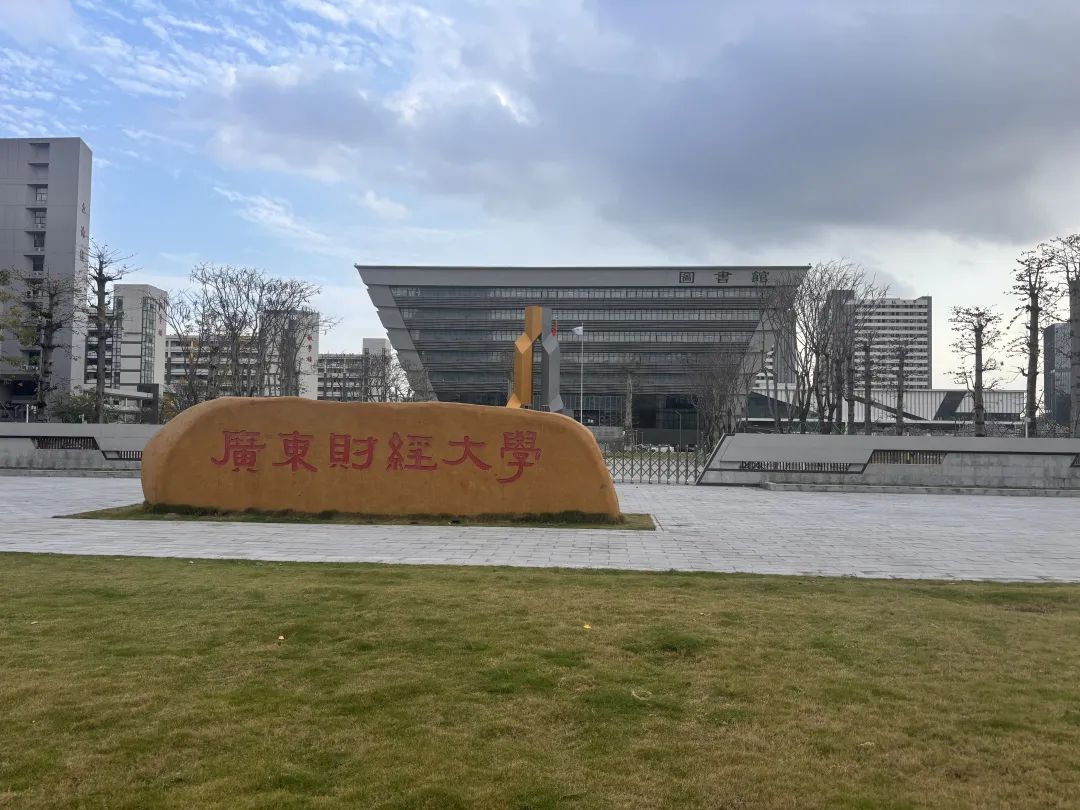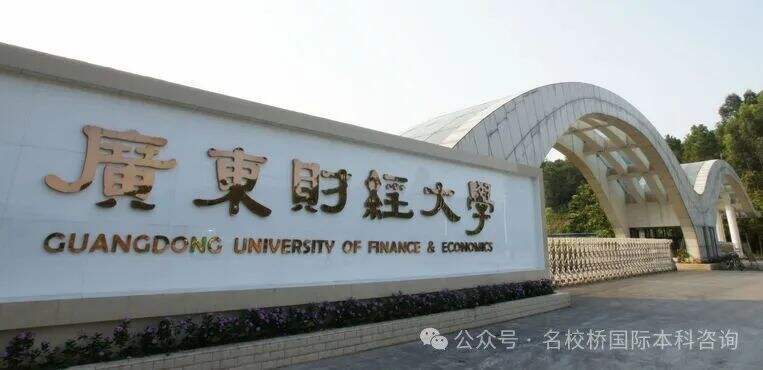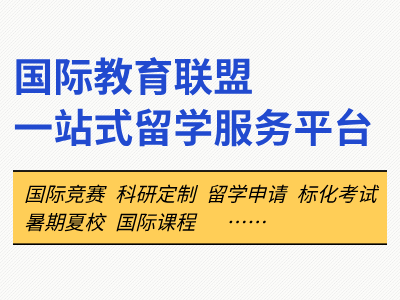今 日 考 题
Task 1: Table(动态表格)内容:2000-2015年澳大利亚五种汽车的数量和占比
Task 2:In many parts of the world, children are given more freedom than in the part. Is this a positive or negative development?
点评:话题简单,没有难点。
参考范文(8分!只是可能的答案中的一种)强调,以下文章为本人原创。欢迎考生使用,但各位同行请勿擅自盗取和使用。
In many regions today, children enjoy more freedom than previous generations. I tend to believe this is apositive developmentthough a balance is needed.
The first benefit is that children have more chances to figure out what they truly enjoy.Instead of just being told what to learn, they get the freedom to explore, and see what they’re actually good at, from music and painting to coding and sports. This kind of freedom not only makes learning more fun, but also helps kids become more confident and discover their strengths early on.
Besides, children today have greater control over their finances, which fosters financial responsibility.Unlike in the past, when pocket money was often limited or used to contribute to family needs, children now have the freedom to manage their own spending. Many parents today take this opportunity to teach their kids valuable skills like budgeting, saving, and making informed financial decisions. This early exposure to financial independence is crucial for developing money management habits that will benefit them in adulthood.
However, not all kinds of freedom are beneficial.If children are left completely on their own, such as spending hours online without supervision or limits, it can negatively impact their academic performance and even affect their behavior. Similarly, if they are given too much freedom in choosing their daily routines, they might neglect important responsibilities, like homework or chores, leading to a lack of discipline.Therefore, this highlights the need for a balance, where freedom is paired with proper guidance to ensure children develop the skills they need for success.
In conclusion, more freedom can help children grow, but it’s important to have balance. Proper guidance ensures that freedom leads to positive development.











